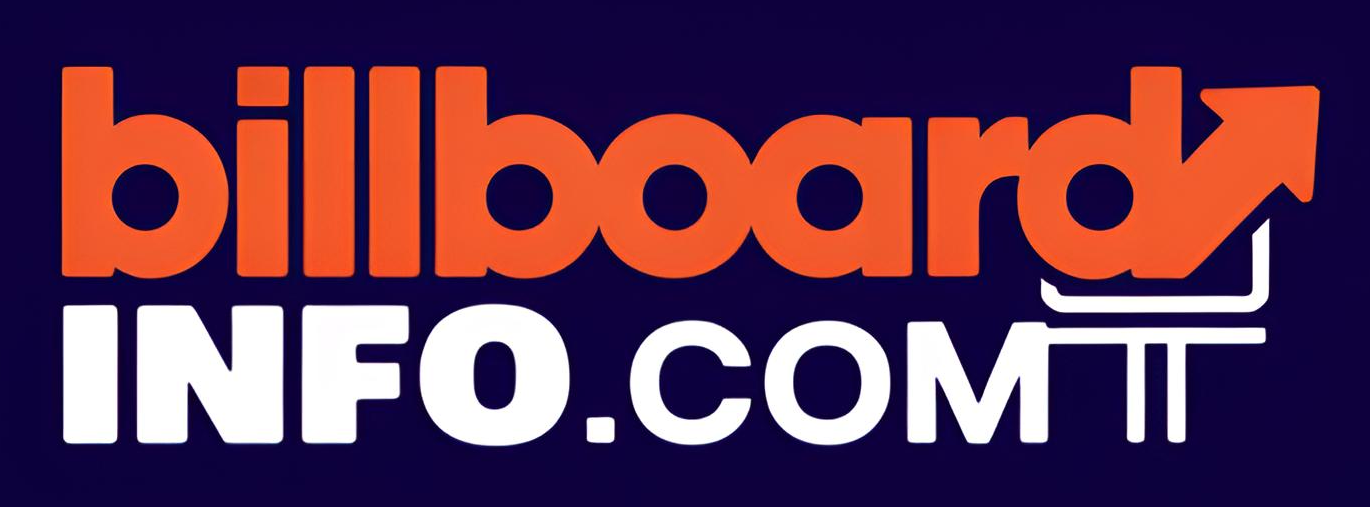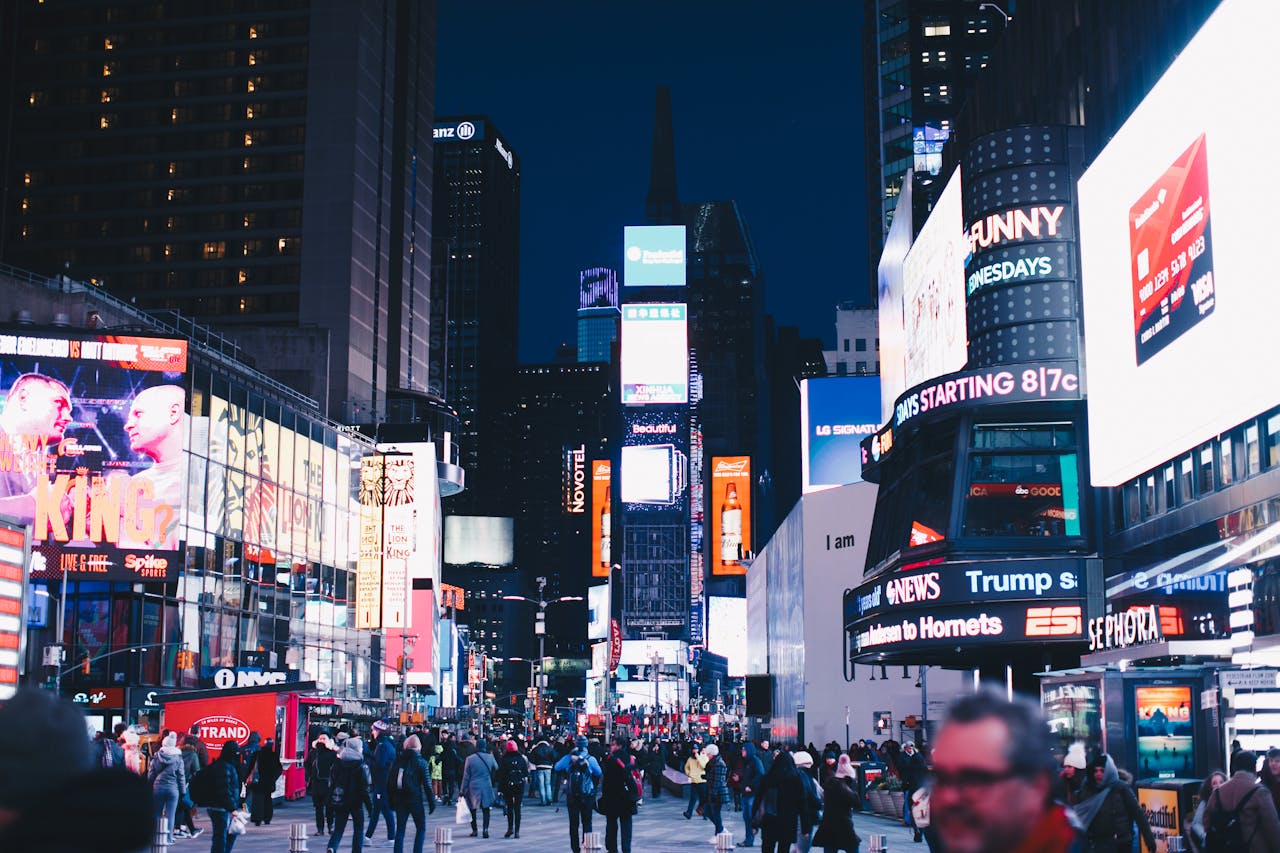Outdoor advertising has always had one foot in tradition and the other in innovation. From hand-painted signs on barns to massive vinyl displays above highways, billboards have evolved to meet the needs of a changing audience. But today, that evolution is no longer inching forward—it’s sprinting.
Welcome to the era of moving billboards: smart, dynamic, and deeply integrated into the digital world. As urban landscapes become more saturated with media, and as brands compete for ever-shrinking attention spans, outdoor advertising is transforming at a pace we’ve never seen before.
Let’s explore how this shift is unfolding and what the future holds for billboards in motion.
From Static to Spectacular: The Shift Toward Movement
The static billboard still exists—and likely always will—but it’s no longer the gold standard. Digital out-of-home (DOOH) advertising has quickly taken center stage. Using LED displays and dynamic scheduling software, today’s billboards can change messages in real-time, display animations, and respond to external conditions like weather or traffic patterns.
But “motion” in outdoor advertising isn’t limited to animation. The real movement comes from new formats entirely—mobile billboards, drone advertising, 3D displays, and autonomous vehicle-based signage. These platforms allow ads to literally move through a city, delivering targeted, location-based content in a way that static signs never could.
The Rise of Digital and Programmatic Technology
Just like digital marketing revolutionized online ads, programmatic technology is transforming outdoor media. Advertisers can now buy billboard space in real-time, adjusting their campaigns on the fly. Need to advertise hot coffee during a cold snap? Done. Want to change your message for rush hour versus lunchtime foot traffic? Easy.
This flexibility means advertisers can run smarter, more efficient campaigns. And thanks to geofencing and mobile device data, they can also track exposure and behavior. If someone drives past your billboard and then visits your store or downloads your app, that’s data you can now connect.
We’re no longer guessing whether a billboard works—we’re measuring it.
Mobile Billboards: Taking the Message to the People
One of the most visible examples of this movement is mobile billboards—ads displayed on trucks, vans, or even bicycles that move around a city or region. These aren’t just plain signs slapped on the side of a vehicle; many use high-resolution LED screens, GPS-triggered content, and even audio or interactive elements.
Mobile billboards allow advertisers to target events, neighborhoods, or even competitors directly. A restaurant can send a digital billboard truck near a rival’s location during lunch hours. A tech brand can cruise past a convention center during a relevant industry conference. The ability to move—and be seen—when and where it matters is a game-changer.
In a way, this turns billboards into real-time storytellers, reacting and adapting to the environment around them.
Drones, Holograms, and the Sci-Fi Future of Outdoor Ads
As technology advances, so do the possibilities. Several startups and agencies are experimenting with drones carrying banner ads, capable of reaching hard-to-access or attention-rich environments like beaches, festivals, and traffic-clogged roads. Though still in its infancy (and under regulatory scrutiny), aerial advertising could redefine what “billboard” means entirely.
Even more futuristic? Holographic billboards and 3D projections. Brands like Coca-Cola and Nike have already tested massive 3D LED displays in places like Tokyo and Times Square. These displays simulate depth and motion, making it appear as though objects are leaping off the screen.
These experiences are not just visually captivating—they’re social-media gold. One viral moment can generate millions of impressions, far beyond the foot traffic that passes the actual billboard.
Smart Cities Mean Smarter Ads
With the rise of smart cities and the Internet of Things (IoT), billboards are becoming nodes in a larger network of interconnected data and services. Traffic cameras, environmental sensors, and even public transportation systems can feed information into billboard networks.
For example, a digital billboard might show umbrella ads when rain is detected nearby, or switch to allergy medicine promotions on high pollen days. Some cities are piloting interactive kiosks and screens that respond to gestures, offer directions, or connect with smartphones via Bluetooth.
The goal is to make outdoor advertising not just attention-grabbing, but useful—to integrate with people’s environments in ways that are helpful rather than intrusive.
Sustainability and Regulation: Moving Fast, But Carefully
As outdoor advertising moves toward more technology-driven formats, it’s also facing more scrutiny. Cities are placing tighter regulations on digital displays due to concerns about light pollution and driver distraction. Advertisers must navigate a delicate balance between visibility and responsibility.
There’s also a growing push toward sustainable practices. Digital billboards consume energy, but many are now powered by solar panels or connected to green energy grids. Vehicle-based ads must consider emissions, leading to the rise of electric-powered mobile billboard trucks and greener production methods for digital screens.
This reflects a broader truth: the future of outdoor advertising must be both innovative and ethical. Movement is great, but not if it leaves harm in its wake.
What This Means for Brands
For advertisers, the message is clear: agility wins. The brands that will thrive in this new era of billboard advertising are those that can move quickly, adapt to data, and integrate their outdoor strategy with the rest of their marketing mix.
That doesn’t mean every campaign needs a drone or 3D tiger leaping out of the screen—but it does mean rethinking outdoor as an interactive, measurable, and dynamic part of the media landscape.
As outdoor advertising continues to evolve, we’re moving beyond the billboard as a fixed object. Instead, we’re entering an age where ads are experiences—moving, changing, reacting, and engaging with us in the real world.
Final Thoughts
The future of billboards is anything but static. In fact, it’s moving faster than most people realize. From trucks with LED screens to drone-based banners and data-driven content rotations, the line between digital and physical is blurring—and the possibilities are expanding.
What hasn’t changed is the core purpose: capturing attention, telling a story, and making an impression. But how we do that is being reinvented, moment by moment, pixel by pixel, mile by mile.
The billboard isn’t just on the road—it’s part of the journey now.


